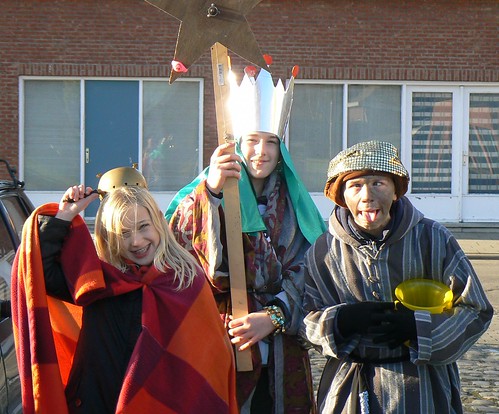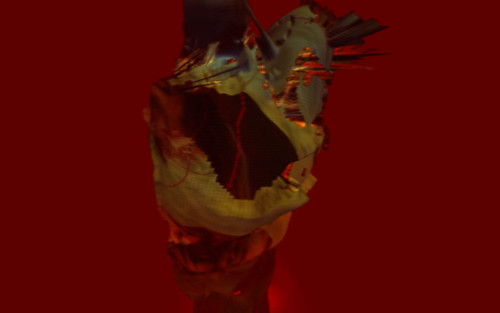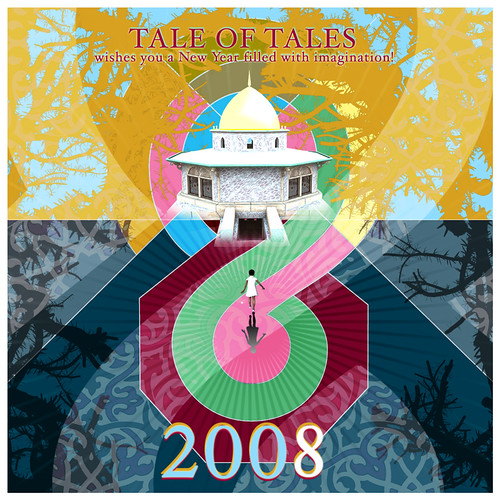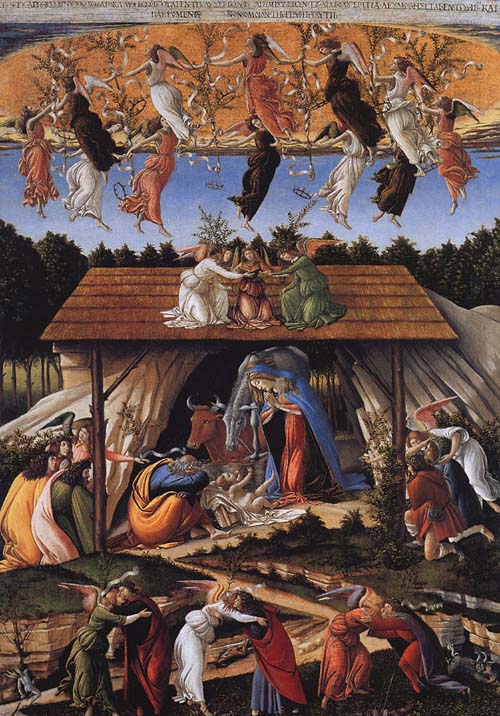2007 has been a very full year, here at Tale of Tales.
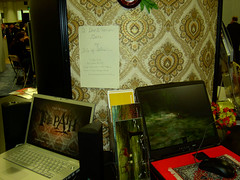
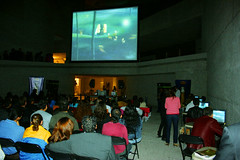
We crossed the Atlantic Ocean twice. After over 5 years of personal boycott against traveling to the USA, we flew over “for business” to participate in the Game Developers Conference in San Francsico. We showed The Endless Forest and a teaser for The Path in the BGIn booth on the exhibition floor. It was the first time we attended the American GDC. In August we crossed the ocean again, but this time with the much more pleasant destination of Mexico City, where we helped set up our first ever solo exhibition in Museo Tamayo. On the way back, we met with Jarboe, The Path’s music composer, in her black crow’s nest in Atlanta.
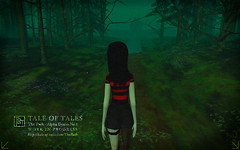
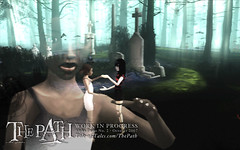
The Path was our main focus this year. In January we implemented Drama Princess in the prototype of what was then still called 144. This marked the beginning of the real preproduction period. In May we had a first playable prototype for internal evaluation. And in October we submitted a second one with revised interaction design to the Independent Games Festival. In December The Path was selected in the “Excellence in Visual Art” category of the festival.
In November, CultuurInvest granted us a loan for the production of The Path. Realizing that there was this large chunk of money that we have to pay back, forced us to take the commercial aspect of the project a lot more seriously. This lead to the decision to release The Path via retail as well, and not just through digital download.
This very blog was started in February 2007. It was a big step for us because it signified our official acceptance, if reluctantly, of “web 2.0” after extensive nostalgia for the good old web of the 1990s that we still miss dearly to this very day. But the blog has been good to us. It allowed us to share our ideas about game design with the world and doubled the amount of visits to our website. In August, 36,000 people vistited this website, a personal record.
The most popular blog posts were Good games, bad games, ugly games, Games journalists and The New Games, Player-created gameplay, our interview with American McGee and the controversial Ten reasons why computer games are not games.
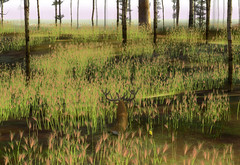
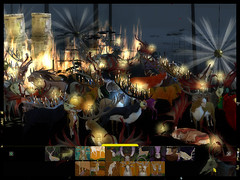
The Endless Forest continued to grow as well. We proudly crossed the 10,000 players mark in January, only to cross the 20,000 players mark in October, after releasing Phase Three of the project in September (almost exactly 2 years after the release of Phase One). There were several days when over 300 registered players visited the forest, one day even over 500. In November, the Forest turned dark and misty in celebration of Halloween.
Throughout the year, The Endless Forest was also on display in several art exhibitions around the world. There was the big Gameworld exhibition in Spain, curated by Carl Goodman and Daphne Dragona. And there was Rasa’s traveling Pixel Me exhibition for teenagers. There was the show in Mexico city, another one in Novi Sad, Serbia, one in Lleida in Spain, and in Lancaster, UK. We even showed the game in our home city of Gent, Belgium, at the birthday party of Vooruit.
2007 was also the year of Indiecade, with shows in US and the UK where 8 and The Endless Forest were on display.


In November, we remade a 2001 piece entitled The Kiss:Incorporator for a Muhka-curated exhibition in the Flemish Parliament (right in the middle of that funny Belgian government crisis). And in the beginning of the year, we released our first piece of corporate art: a screensaver called Vernanimalcula for the National Bank of Belgium.
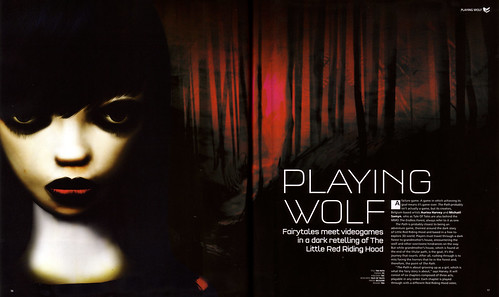
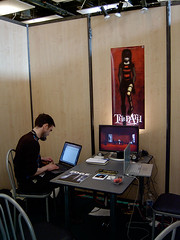
In 2007, we had several interesting contacts with the games industry. The double spread feature about The Path in Edge magazine is certainly a highlight. But our personal conversations with people from Steam, Sony, Nintendo and Ubisoft made a big impression as well. Not to mention the marathon meetings at the Game Connection in Lyon with Electronic Arts, Microsoft, THQ, DTP, Buka, 1C, Playlogic and many more.
All of this setting us up for a wild ride through 2008!…
Happy New Year!

